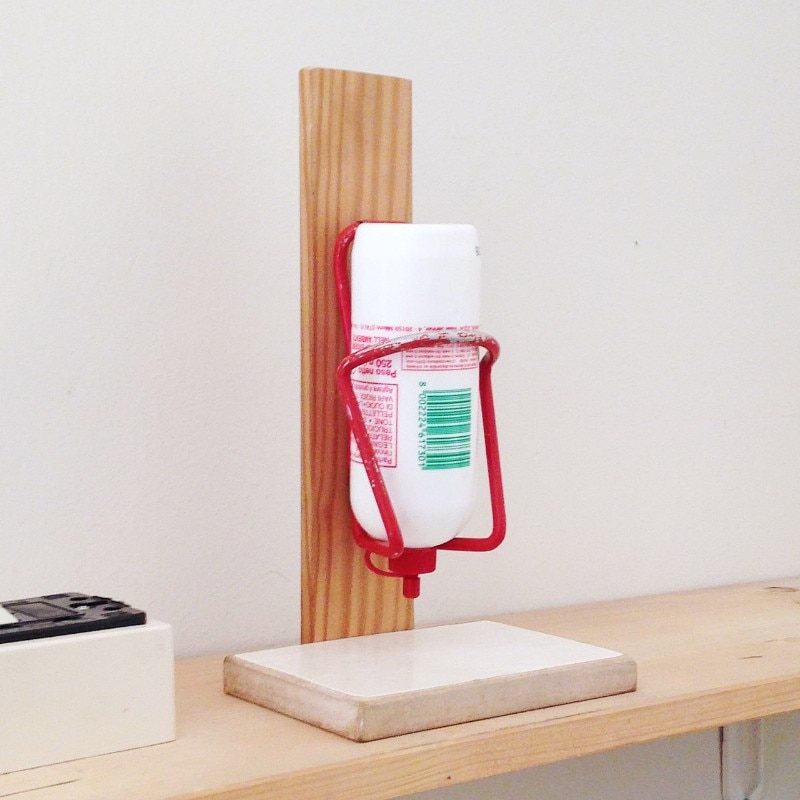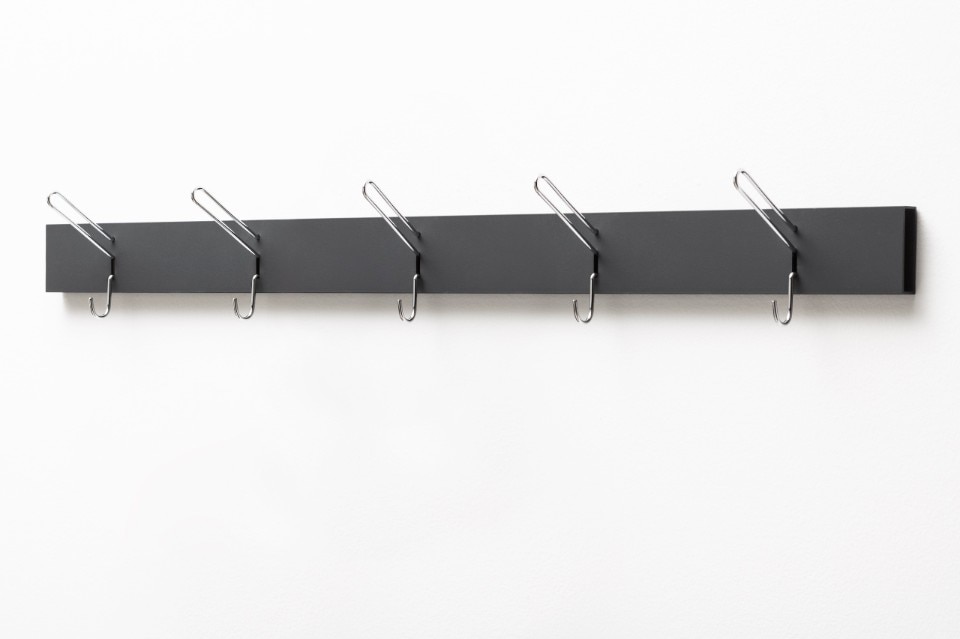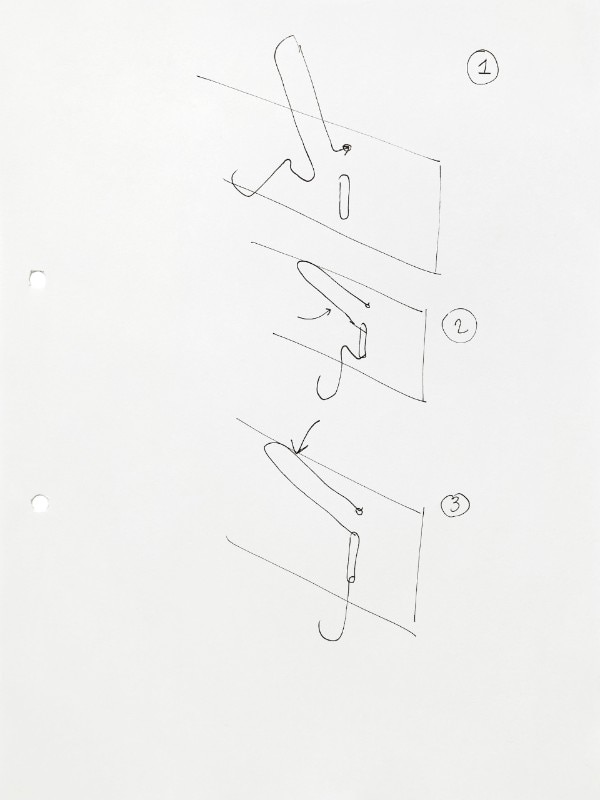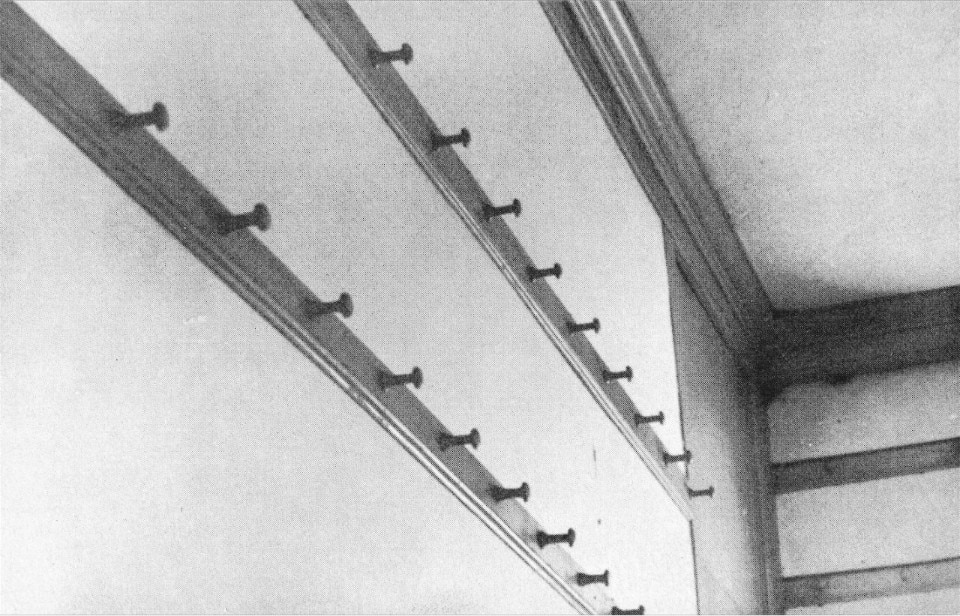This article was originally published in Domus 1048, June 2020.
In April we began showcasing elements of design inspiration, and in this issue we continue the exercise by shifting our focus to Milan. Our pretext is to reference the city’s local design community and its activities by presenting the work of young designers who have chosen the Lombard capital as their base. These recent months have been complicated, with the pandemic raising questions about life “before” Covid-19. The need for change urges us to take a different approach and focus on development grounded in community mobilisation, lending a voice to latent resources and maximising unexpressed social capital. There are many in the Milanese community who orbit around this imperfect system, preserving the biodiversity of the forms, objects, production systems and know-how of material culture. They nurture these aspects and help to keep design alive, along with its culture and socio-economic flows. Indulging their exceptional compulsion to design, they are tenaciously imagining a world that is simply a little different.
Philippe Tabet
Philippe Tabet was born in Versailles and studied in France before going on to open his industrial design studio in Milan in 2015. With his work he seeks the sincerity of materials, drawing inspiration from work processes and believing that every object can tell a story about its own time.
“When I design, I like to find the point of balance where it’s impossible to do any less. In the case of the masks, I tried to characterise them with the signs of their processing techniques. In ceramics, for example, the unworked parts such as the bottom of a plate reveal what is usually hidden,” says Philippe Tabet.

Alessandro Gnocchi
Alessandro Gnocchi studied at Milan Polytechnic and in 2010 he opened his studio in the same city, where he lives and cultivates his passion for design. Drawn to how things work, he strives to formulate simple and intuitive ideas, backed by indepth knowledge of production processes and deep respect for form and function
“When I start a project I turn into a sponge, looking everywhere for input of any kind. After a seemingly never-ending scanning process – problems, solutions, work and relaxation – I hope to arrive at a synthesis and that’s when things “get physical” with the drawing and model-making (on a 1:1 scale), which is a powerful way to “see” your idea,” told Domus Alessandro Gnocchi.

Mist-o
Mist-o is an industrial design studio based in Milan and Tokyo. It was founded by Tommaso Nani and Noa Ikeuchi in 2012. Their production spans from furnishings to small objects and the spatial dimension. Clients include Arflex JP, Cappellini, Ichendorf and Living Divani.
“We’re used to developing projects through dialogue. Over time, we’ve established our own energy for designing together, and we’re always in contact despite living thousands of kilometres apart. We’ve come to realise that, beneath the surface of personal conditionings, there’s a level where we always come together, going beyond subjectivity or the mere “I like it” or “I don’t like it”. It took years to understand how we could achieve a non-empty simplicity, and we managed to do it through this digging action. The aim is to produce spontaneous designs via a rigorous and logical method”.

Federico Angi
A graduate in industrial design from Milan Polytechnic, Angi opened his studio in Milan in 2010. Pursuing designs with pure and simple forms, he makes models and prototypes with obsessive focus. Clients include Atipico, Cappellini, Ichendorf, Moleskine, Paola Zani, Vela Srl and 100% Tobeus.
“I believe my passion for design originated when I was a child and I used to dismantle “things” in my father’s garage, where screwdrivers, spanners and pincers were always to hand. That’s where I first experienced the joy of designing, surrounded by all sorts of tools. Understanding how things function and how to repair and look after them made me look at objects with the long term in mind and study their lives over the course of time. That’s perhaps what triggered my obsession with well-calibrated products, which I develop down to the tiniest detail. I mainly work alone but I do exchange thoughts with friends and colleagues on a daily basis”.








































